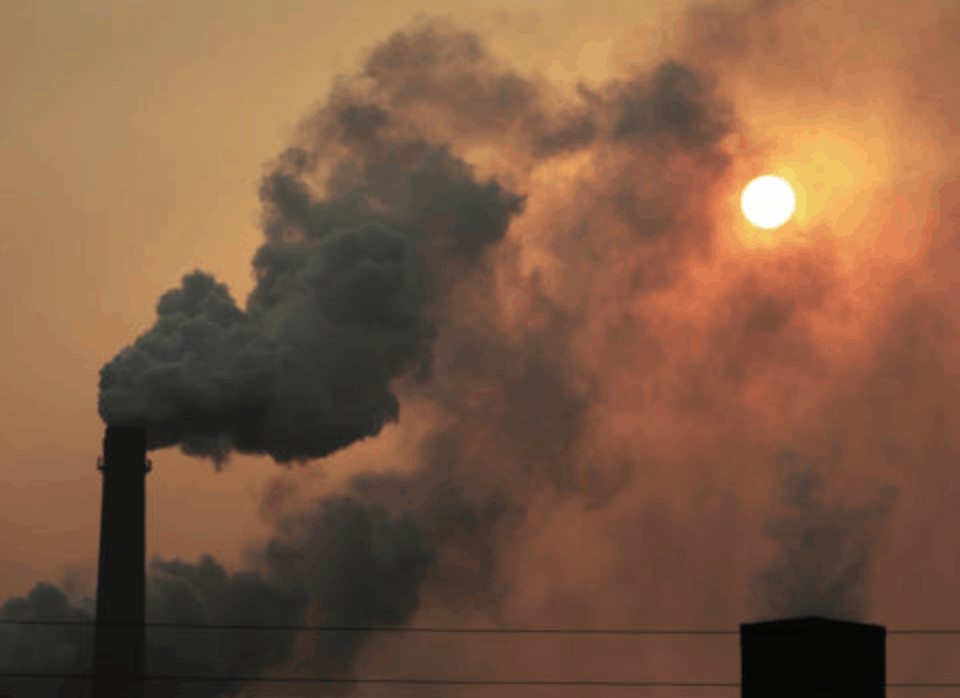The world is now warmer than at any time in the past 125,000 years
UN secretary general Antonio Guterres has reportedly stated that all countries should bring forward their net zero plans by a decade. “There is a closing window of opportunity which we all must act on”, he goes on to say.
Antonio’s comments follow a UN Climate Report from the Intergovernmental Panel on Climate Change (IPCC), which paints a rather bleak picture for the planet. The climate time bomb is ticking. The Intergovernmental Panel on Climate Change (IPCC) is the United Nations body for assessing the science related to climate change.
Concentrations of carbon pollution in the atmosphere are at their highest level for more than two million years.
Governments around the world have agreed to take action and avoid global temperatures rising above 1.5C (above pre-industrialised levels). However, as of 2023, global temperatures have already increased by 1.1C. It’s thought that the worrying 1.5C increase will more than likely be reached sometime in the 2030s.

In 2018, just five years ago, the IPCC outlined the huge job needed to keep global temperatures within 1.5C of pre-industrialised levels. Five years on, in 2023, this challenge is even greater due to the continued increase in greenhouse emissions. More than 100 years of burning fossil fuels, as well as unsustainable energy and land use, has led to this increase in global temperatures of 1.1C….so far.
Breeching 1.5C
Breaching the 1.5C threshold risks unleashing the worst consequences of global warming, which will include threats to health and livelihoods, food security, human security, water supply and economic growth. Poorer countries and populations will feel these threats much more than more affluent parts of the world.
The rate of temperature rise over the last half a century is the highest in 2,000 years.
By 2100 extreme coastal flooding that used to happen once every 100 years is expected to occur at least once a year in 50% of the world’s tidal gauge locations – places where sea level recordings are made.
This report outlines the fact that energy and technology can be used to avoid the growing climate disaster. However, during a meeting in Interlaken, Switzerland, to discuss the report findings, it was agreed by climate scientists that, in all probability, a key global temperature goal (1.5C) will be missed.

It’s not all doom, however.
The UN Climate Report argues that exceeding the 1.5C global temperature increase will not be the end of the world as this may only be a “temporary overshoot”. The authors of this report do offer optimism that if rapid and lasting changes, such as massive falls in the price of solar and wind energy and switching to low-carbon transport, can produce significant cuts in carbon emissions in many sectors around the world.
While keeping to 1.5C is expected to safeguard some level of liveability around the planet, it will vary dramatically from area to area. Low-lying Pacific settlements, sub-Saharan Africa and the Indian subcontinent are already experiencing devastating impacts.
How Does Carbon Dioxide Cause Global Warming?
Essentially carbon, when released in the atmosphere, traps heat. This warms the planet, and it’s this heat which causes all these associated problems. Carbon dioxide and other greenhouse gases trap heat in the atmosphere, which otherwise would have radiated out into space. By limiting carbon in the atmosphere, we are reducing this devastating greenhouse effect.
The way forward
According to this report, there are a number of ways forward that we must embrace if we are to make a final last chance attempt to avert the deadly impact of climate change. These include access to clean energy and technology, low-carbon electrification, better-insulated homes, using the car less and using public transport more – or ideally, walking or cycling. For each incremental increase in warming of the planet, it becomes progressively harder to reverse the effects – that is why we need to act now.
What are we doing?
As a business which produces heating appliances, we are very aware of and committed to lowering the carbon footprint associated with heating a home. All our wood-burning stoves, which, if used correctly, are virtually carbon neutral. We are also developing gas fires which can run on hydrogen – an energy source which is already being blended into the gas grid network through various trails. If the gas network across the UK switched to 20% blended hydrogen, it would be equal to taking 2.5 million cars off the road. Its these sort of things we need to focus on to help reduce the threat of climate change.








